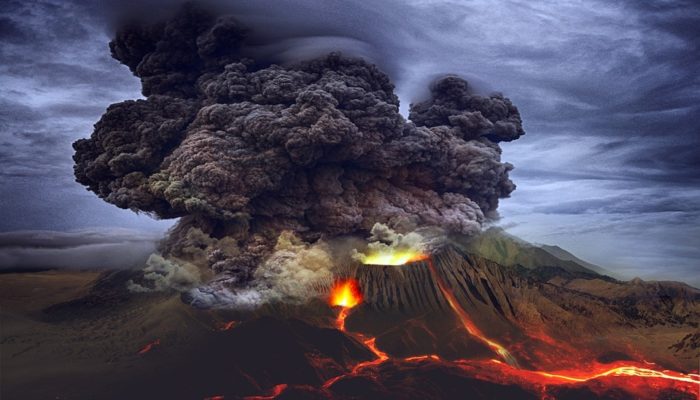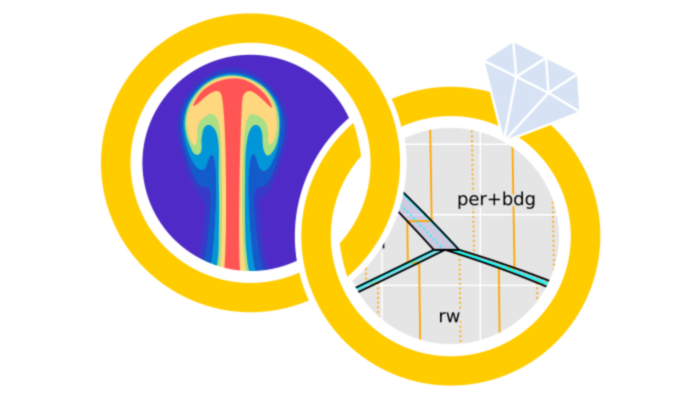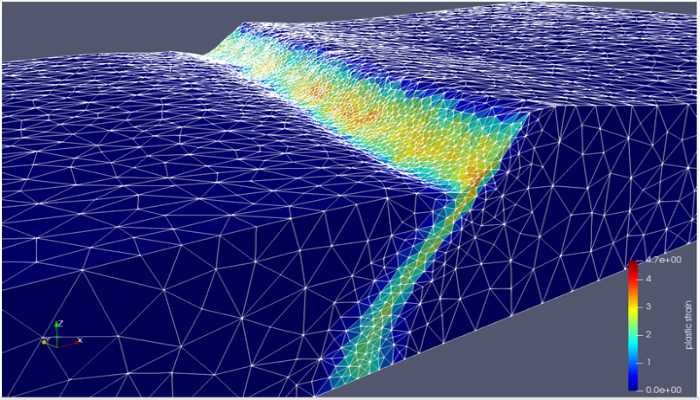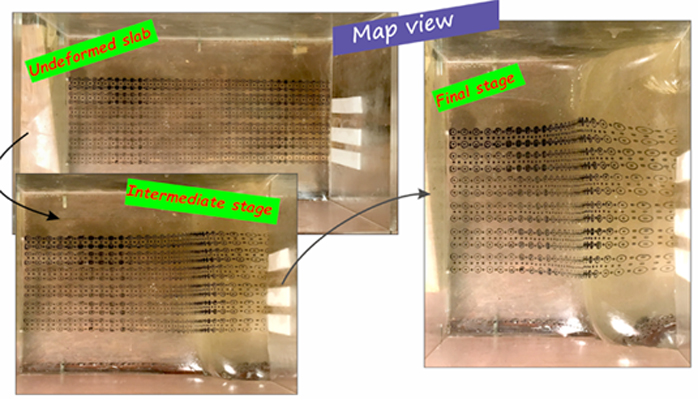Deccan volcanism is one of the landmark events in India’s geodynamical history. Yet, its origin is still under debate regarding its association with the Réunion plume. In this week’s news and views, Ayanangshu Das, a PhD student at the Indian Institute of Science Education and Research (IISER), Bhopal, explains their recent study to understand the emplacement mechanism by observing the magm ...[Read More]
The Deccan Chronicle: Plume or no-Plume? Perspective from a Deccan dyke swarm




